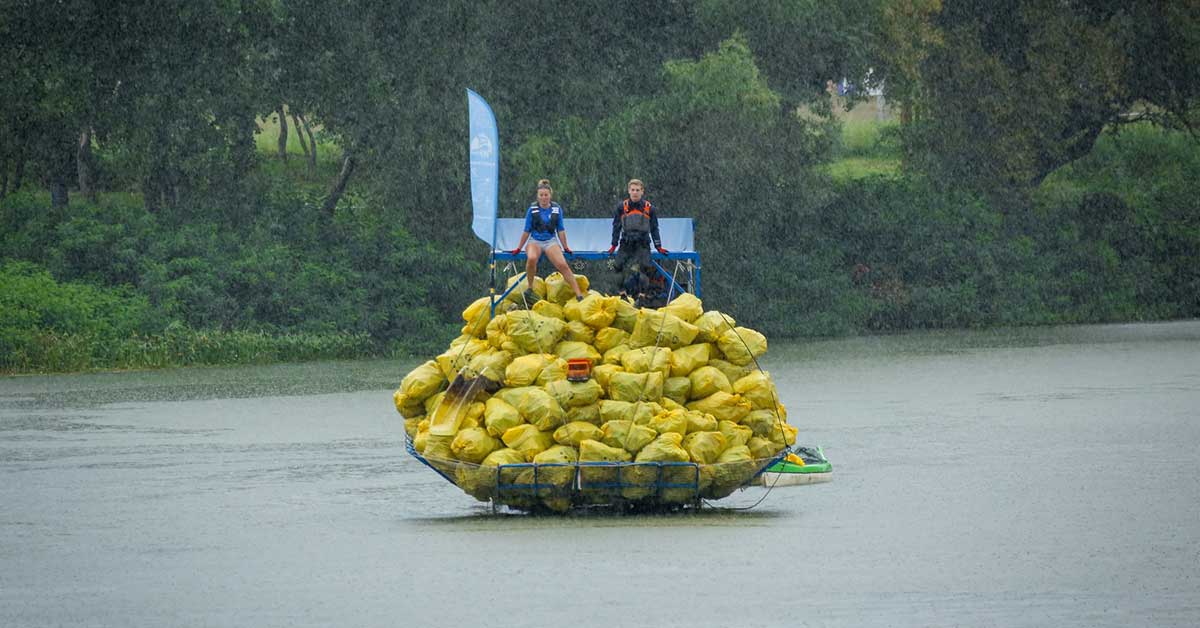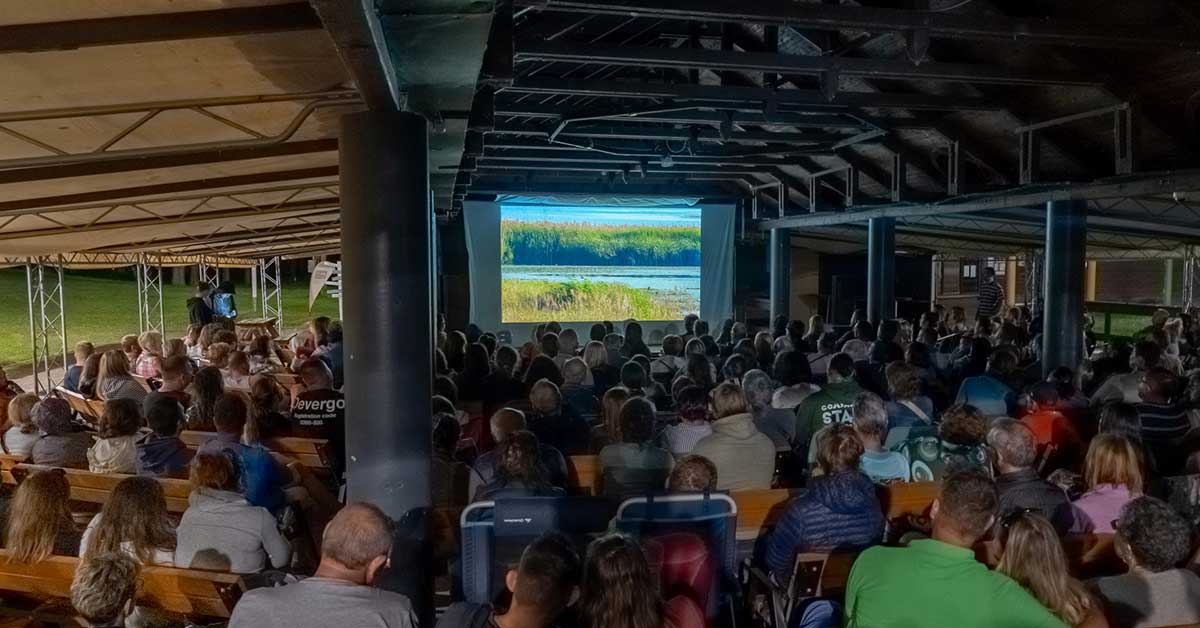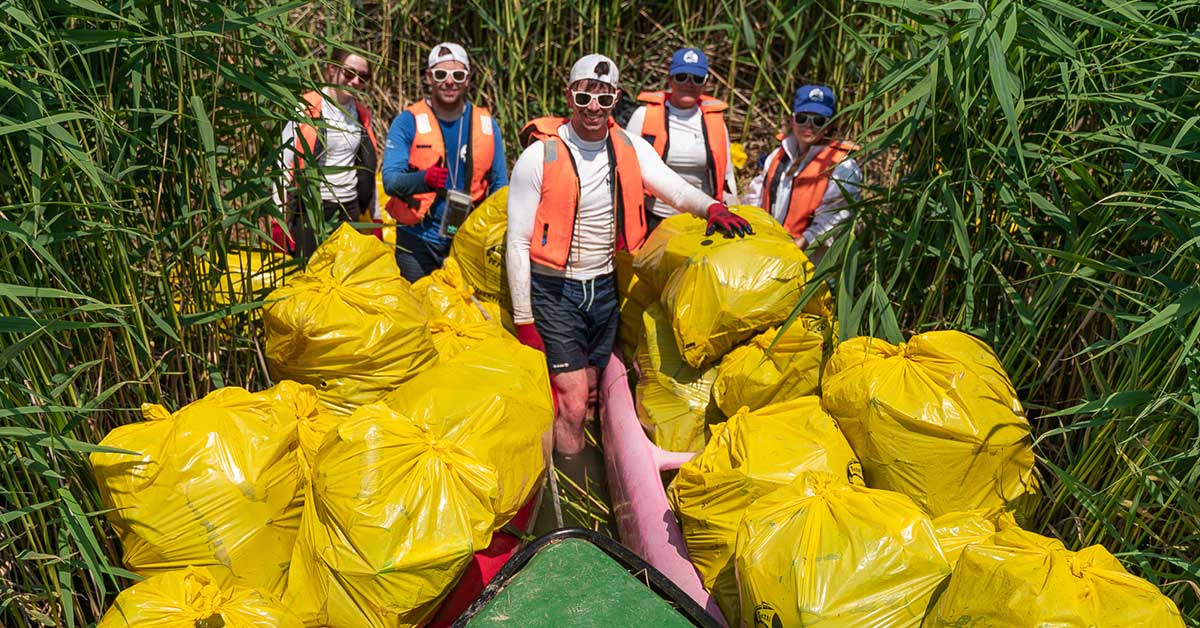The water level of river Tisza may get to a record low in the last days of July.
By June 27th it has already dropped to -270 centimetres at Szolnok (Hungary), while the record low is -279 cm. The fall has been more than 160 centimetres in the past three weeks, the Hungarian Water Authority has reported.

Negative centimeter? Why? At a certain point in history, the “zero” point was defined as the lowest water level ever measured up to that point. After it’s been defined, the riverbed may have changes significantly or deepened by dredging. With the result that water levels may occur below the historically defined ‘0’ point. This level for river Tisza was set at the “height of low water level” in 1842. |
Should We Take It As A Warning?
We certainly should. Scientists warn that water supplies from lakes and rivers may shrink severely with the climate change.
With rising temperatures natural evaporation rates increase as the vegetation struggles without water. This is how it starts a vicious circle: without plant, there are no roots to hold water and release it when necessary, so the area becomes even drier.

Does This Mean Tisza Will Dry Out?
The problem of climate change is more complex – the real catch is not only a predictably decreasing level of precipitation, but it’s also the shift of precipitation patterns. A study by Newcastle University and the Met Office from last year has found that climate change is driving a large increase in intense, slow-moving storms in Europe and we’re already experiencing it: just think about the floods and, on the contrary, droughts in the news from the past few years.

What If There’s Too Much Rain?
Severe storms also degrade water quality that strains ecosystems and endangers all the creatures we admire in and out of the water. At the end of the day all these effects (might) have a major impact on our economy, our standard of living, including our physical and mental state, and both too much water or the lack of it is a threat to human life too – both on a short and a long term.

To keep the Tisza, its wildlife, and people living around the river, safe, we need to look into the signs like these ones and keep in mind that, even if the problem seems local, the problem is global. It really does count for people of Tiszaroff or Taraš what you do in Tampere or Toledo.



